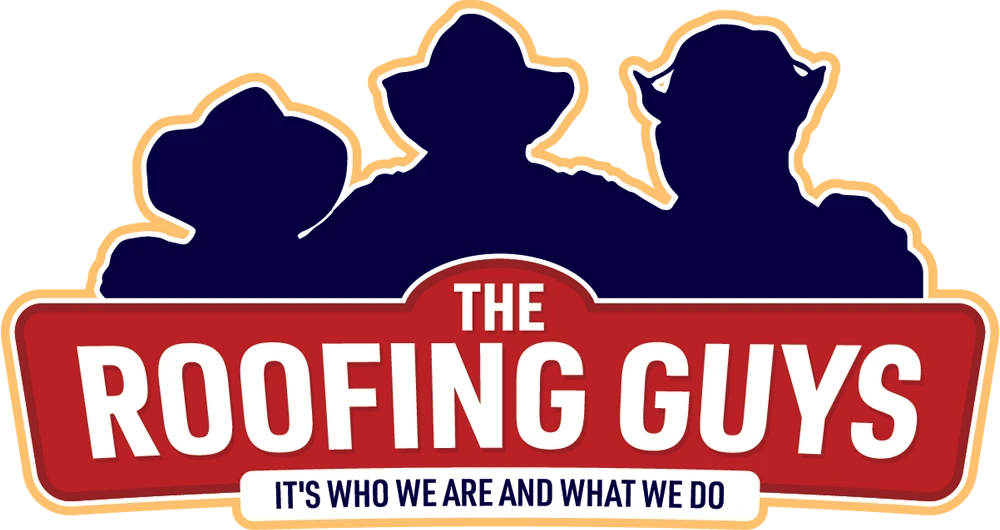Understanding Different Roofing Styles and Their Benefits
Selecting the right roof type is a crucial decision that can impact your home’s appearance, durability, and overall value. Each roof style offers distinct advantages, and understanding the differences can help you choose the best option for your home. The Roofing Guys in Tulsa, OK, provide a comprehensive overview of the most common roof types, helping you make an informed choice that suits your needs.
Did You Know? The shape and design of a roof can significantly impact energy efficiency, weather resistance, and the overall value of your property, making it an important consideration for homeowners.
1. Gable Roof
- Overview: A gable roof features two sloping sides that form a peak, creating a triangular shape. It’s one of the simplest and most common roofing designs.
- Advantages:
- Excellent drainage for rain and snow.
- Provides ample attic space for ventilation and storage.
- Cost-effective and easy to build.
Ideal For: Homeowners looking for a classic, versatile roof design that offers practicality and affordability.
Quick Tip: Proper bracing is essential for gable roofs in areas prone to high winds to prevent potential damage.
2. Hip Roof
- Overview: A hip roof has four sloping sides that meet at a peak, forming a more stable and wind-resistant structure than a gable roof.
- Advantages:
- Highly resistant to wind damage.
- Efficient water drainage due to its sloping sides.
- Offers additional living space for attics or vaulted ceilings.
Ideal For: Homes in regions with high wind conditions or homeowners seeking a more sophisticated and resilient roof design.
For more information, explore our article on Key Roofing Questions When Buying a Home.
3. Flat Roof
- Overview: As the name suggests, a flat roof has a minimal slope and is commonly used for modern homes, commercial buildings, or home additions.
- Advantages:
- Provides usable outdoor space, such as a rooftop garden or patio.
- Easy installation and cost-effective construction.
- Ideal for installing solar panels or HVAC systems.
Ideal For: Contemporary homes or properties where additional rooftop space is desired.
Note: Flat roofs require regular maintenance to prevent water pooling, which can lead to leaks if left unaddressed.
4. Mansard Roof
- Overview: Inspired by French architecture, a mansard roof has four sides with two slopes on each side. The lower slope is steeper than the upper, creating extra living space beneath the roof.
- Advantages:
- Maximizes attic or living space, making it ideal for adding extra rooms.
- Offers flexibility for future expansions or renovations.
- Adds a unique, elegant appearance to your home.
Ideal For: Homeowners looking to increase living space or add architectural flair to their property.
5. Gambrel Roof
- Overview: A gambrel roof is similar to a mansard but has two sides instead of four, giving it a barn-like appearance. It’s often seen on colonial-style homes and farmhouses.
- Advantages:
- Provides spacious attic or loft areas.
- Cost-effective and requires fewer materials than other designs.
- Efficient drainage due to its steep slopes.
Ideal For: Homes with a rustic or traditional aesthetic, or for homeowners needing extra storage or living space.
6. Skillion Roof
- Overview: A skillion roof, or shed roof, features a single sloping surface. It’s a simple design commonly used for modern homes, extensions, or sheds.
- Advantages:
- Easy and affordable to construct.
- Effective water drainage due to its steep slope.
- Offers a contemporary, minimalist look.
Ideal For: Modern-style homes, extensions, or structures where a sleek, cost-effective design is desired.
7. Butterfly Roof
- Overview: A butterfly roof consists of two inward-sloping surfaces that form a V shape, resembling a butterfly’s wings. It’s an eye-catching design popular for eco-friendly homes.
- Advantages:
- Ideal for rainwater harvesting due to its inward slope.
- Provides large windows and increased natural light.
- Creates a unique, modern appearance.
Ideal For: Homeowners interested in sustainable living or seeking a striking architectural design.
The Roofing Guys’ Expertise in Roof Installation
As an IKO and GAF Certified roofing contractor, The Roofing Guys offer professional guidance on choosing and installing the ideal roof for your home. With our experience in a wide range of roofing styles, we ensure that your roof is both functional and visually appealing.
For more insights into choosing the right roofing materials, read our blog on 4 Tips to Ensure a Successful Roofing Project.
FAQs
Q1: What is the most energy-efficient roof type?
Hip roofs and gable roofs with proper insulation and ventilation can be energy-efficient. However, butterfly and flat roofs are also effective for installing solar panels, making them ideal for eco-friendly options.
Q2: How do I choose the best roof type for my home’s climate?
Consider weather factors such as wind, snow, and rain in your area. For example, gable and hip roofs are excellent for snow-heavy regions, while flat and skillion roofs work well in dry climates.
Q3: Is it possible to change the roof type on an existing home?
Yes, but changing the roof type can be complex and costly. It requires professional assessment to determine structural feasibility, so consult a roofing expert before making any decisions.
Conclusion
Selecting the right roof type is essential for ensuring your home’s protection, aesthetics, and value. By partnering with The Roofing Guys, you’ll receive expert advice and quality installation, tailored to your specific needs. Contact us today to start your roofing journey with confidence.

